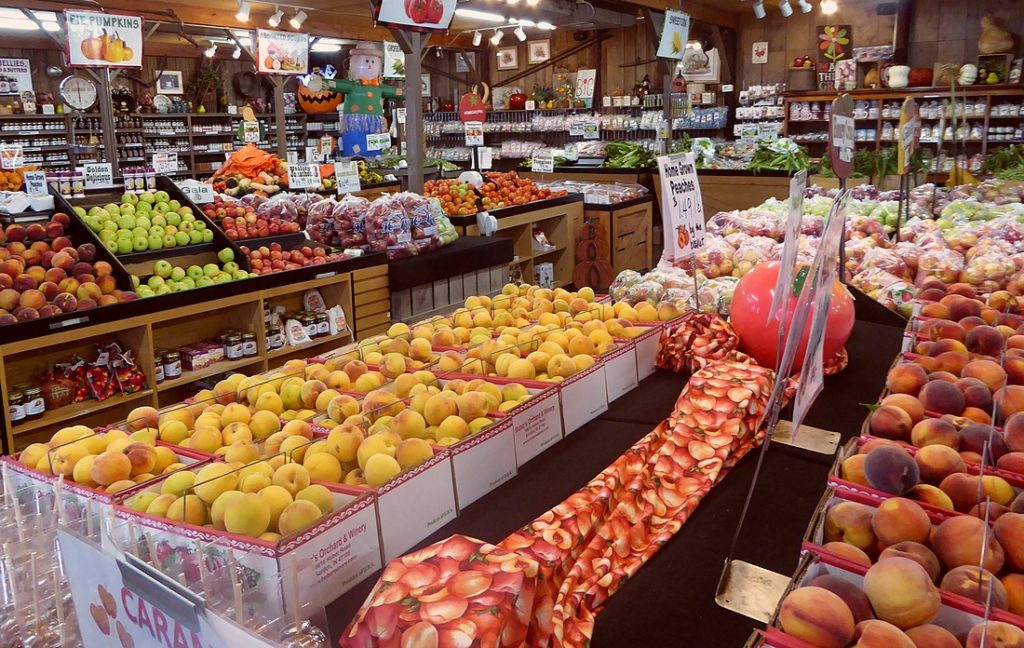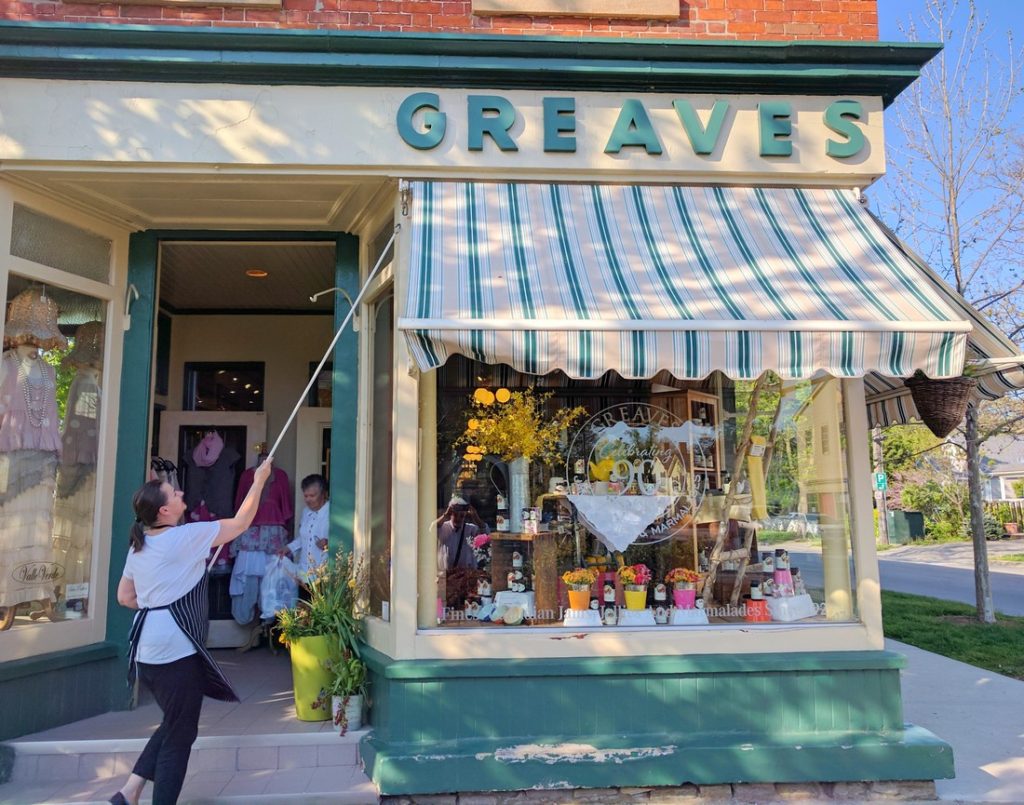
2024 update on bringing food through US Customs
One of our earliest posts on HungryTravelers dealt with bringing food home from another country. It was mostly a cautionary tale about the many prohibitions back in 2009. But the rules at Customs and Border Control (CBP) have become much more nuanced in recent years, based more on state-of-the-art science and less on xenophobic suspicion of ‶unAmerican″ foods. We're still going to have a hard time bringing home Spanish jamón ibérico or Italian prosciutto and we'd never try smuggling Uncle Guido's homemade country sausage, but the revised regulations are much friendlier. They are, however, far more detailed. Food that's okay coming from some countries is prohibited if coming from some others. Moreover, the green-light and red-light lists change frequently. Declare and present The first thing...Read More


